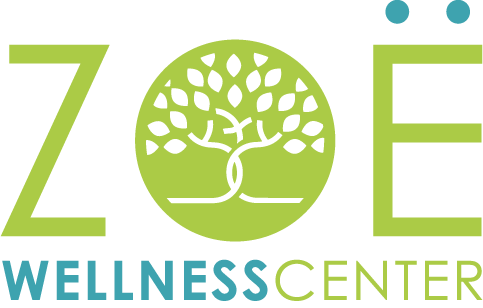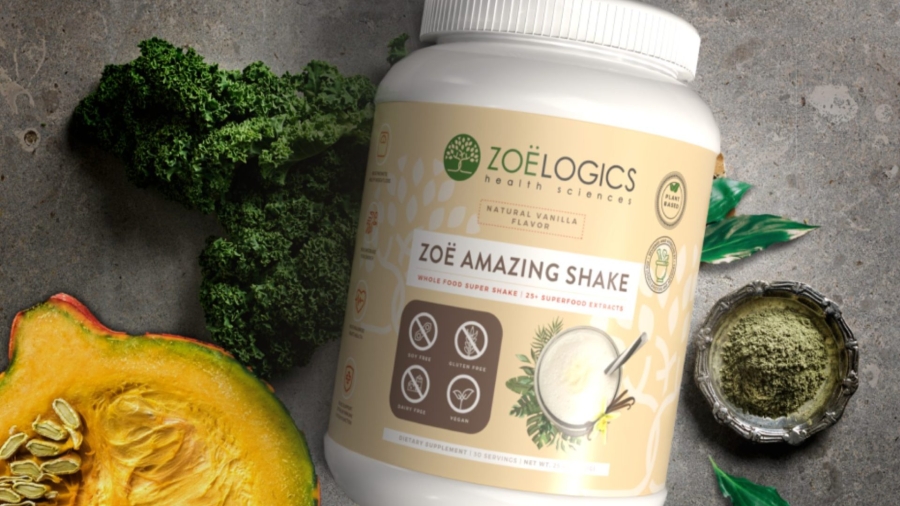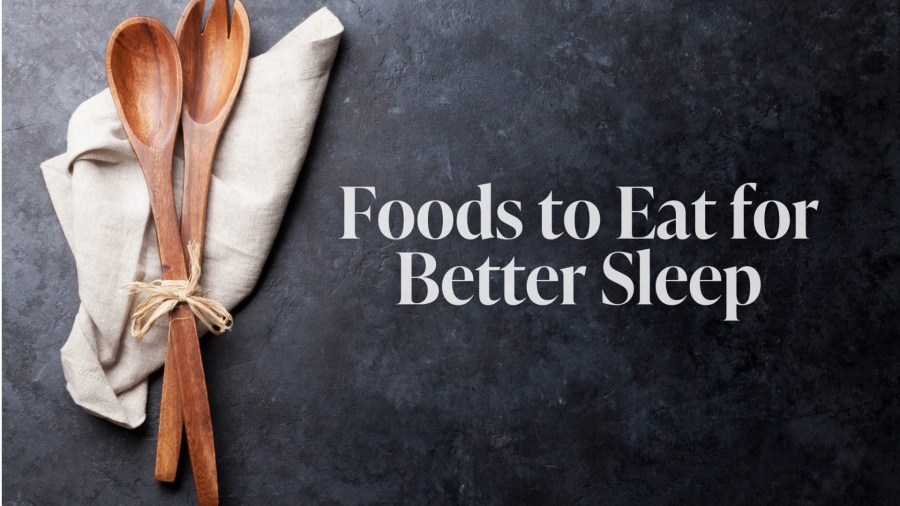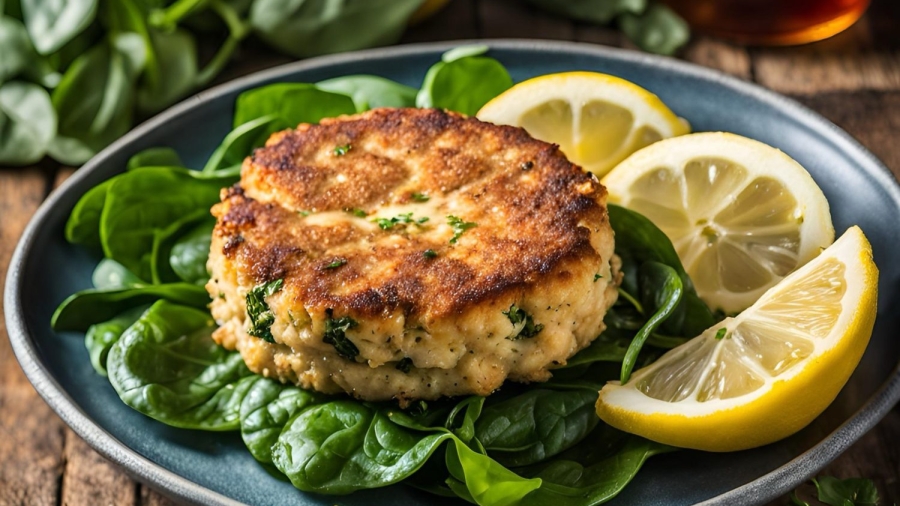Navigating twists and turns in life often come with a mix of unexpected challenges. Today, we’re diving into the nuance of change, overcoming resistance, and using a clutter-free mindset to navigate the unexpected.
Meet Dan Faley, a wellness coach in our Chicago center with a rich background in psychology, sports, and various health positions. He draws from unique experiences to find a blend between instinctual and science backed approaches to help members achieve a wellness path that’s right for them. From playing college baseball to working in mental health and neurophysiology, we see how his journey and experiences have shaped his perspectives.
In our chat with Coach Dan, we’re reminded of the power of our uniqueness, and how trusting our instincts can guide us on what matters most. This approach leads to the most powerful aligned actions on our journey. With a more humble approach, Coach Dan also gives us that much needed reminder that despite our differences, we all share common ground. Looking at the world through a lens of compassion is how we can start to truly connect, and let go of a need to please! As we dive into his perspectives on change, resilience, and clutter-free living, we’re given his personal guide to navigating life’s twists.
Dan’s Guide to Decluttering:
1. Embrace Your Uniqueness:
Embrace what makes you… you! Embracing what makes you tick uniquely is the key to personalizing your journey with distinct elements that make your wellness journey uniquely yours.
2. Decluttering Clears Your Path:
Once you can focus on what matters, learn to let go. Tidying up your space will work wonders for your mind. Both mentally and physically, Dan suggests using a Mari Kondo approach as one of the most powerful tools to combat stress, regain focus, and leave the monkey mind behind.
3. When You Take on Too Much, Check if You Feel Like Enough:
No matter who you are, where you come from, what your life experiences, what your situation is, you deserve happiness. Understand your limits, don’t bite off more than you can chew. To prioritize your well being, first embrace your self worth independent of what you provide for others.
4. Trust Your Instincts:
Your instincts are pretty sharp, so listen to them! Validate and trust your instincts for refined decision-making and heightened self-awareness. Otherwise, dismissing your gut feelings may lead to disconnection to yourself and regret in the future.
5. Be Humble, We’re More Alike Than We are Different:
Take your business seriously, but don’t take yourself too seriously! Leave room for error, play, and a curiosity of other approaches. Remember that we’re all in this together; Recognize shared humanity, focusing on common ground, and maintaining humility in life’s challenges.
Wellness journeys are very personal adventures, so every step taken with self-trust is a victory in itself! Whether it’s learning to let go of made-up obligations, navigating life changes, or simply tuning into your instincts, you have the strength to make shifts and create the change you need. So, begin letting go and tuning in. Embrace your uniqueness and with a little self-trust, and rest assured that not only are you capable of achieving the wellness you deserve- you’re already on the right track.
Interview Transcript
Sydney: Dan, thank you so much for being here with me today. Could you please introduce yourself and what you do here in the world of ZOE Wellness?
Dan: Okay, great! Yeah, I’m Dan, Daniel Faley. and I’m a wellness coach here at Zoe wellness, also the service director for the Chicago market. I have a degree in psychology from Southern Illinois University in Carbondale. I also played college baseball. So I have a sports background and grew up playing sports. You know, I became interested in the marriage of sports and psychology, working with sports psychologists and doing a lot of operations for games for goal setting, but I always had a passion for health and fitness. After graduation, I worked as a mental health counselor with all sorts of populations. I’ve worked in other mental health spaces with more high risk people, I worked in community health, I worked in care management, in weight loss, I also worked in the operating rooms as a neurophysiology technologist monitoring brain and spine surgery. So I have a pretty well rounded background in various health positions. And I like to bring knowledge from all areas of study in my background to help Zoe members achieve optimal wellness. it’s different for everybody, you know, some people may require information. Some people may require motivation or the development of a belief in themselves. It’s different for everyone, so I draw from my various backgrounds and apply that so they can gain optimal wellness.
Sydney: Right! everyone’s unique, there’s no one size fits all diet, plan, lifestyle, mental framing-
As someone deeply invested in motivation and mindset and helping others.
How do you personally stay motivated to continue making positive changes in your life?
Dan: Well, one thing I do is have an exercise routine I do every day. I have mindfulness practice, I focus on deep breathing. I read a lot and listen to a lot of podcasts. I try to stay up to date on neuroscience, habits, and wellness, everything from nutrition to, you know, daily practices. I’ve cultivated some incredible resources I follow daily and it’s something I really enjoy. So if I’m washing dishes or working out, I listen to podcasts that help keep me motivated, and it’s just part of my daily routine. It’s part of my lifestyle. I don’t even have to think about it anymore. You know, it’s so deeply ingrained in me and who I am that it just comes naturally and then if there’s something relevant that I can pick up from a podcast or an article, then I try to incorporate . Especially if I can better assist somebody with some more recent knowledge.
Sydney: Amazing, you really do a lot. Do you ever feel like you’ve taken on too much?
Dan: Yeah, and for everybody, that can happen. Certainly, that’s something to be aware and mindful of. I know in the past working in Psych hospitals, double shifts, you know, that was something that I was prone to, but just having greater awareness of that, and just having practices, that doesn’t happen very often. I’m able to manage that pretty effectively these days. I’m able to keep things in perspective to not become overwhelmed. Whereas in the past I think I was more prone to becoming overwhelmed in situations like that. Yeah.
Sydney: In this article, this series of interviews and blogs, we’re talking a lot about the concept of clutter. Right? physical clutter, how that can have an influence on mental clutter or overwhelm and vice versa, you know, how your mental space can depict what your living space will look like, too. I personally am very routine driven. Oftentimes in the face of changing circumstances, A lot of little factors, clutter, overwhelm, can rear its head and throw you off your game. Could you share with me, your internal experience with that, the challenges, and how you overcome the resistance to change?
Dan: Yeah, Clutter can be can create unnecessary stress or anxiety, like if your workspace is cluttered. Research is pretty clear on that, just by cleaning up your workspace, it can allow you to focus on the task at hand and in reducing anxiety. Believe me, I used to have a pretty messy desk and I’ve learned that just having what I need for the task allows me to focus better and definitely reduce my stress. So that’s one small example. But I mean, that can spill over into having a messy home that can create mental chaos, so just trying to be tidy can really bring a sense of calm and, and yeah, I do believe in that.
People become overwhelmed when they have multiple challenges, right. You may have heard the term monkey mind. you know, not a technical term, but in order to calm the “monkey mind”, we really have to focus, whether it’s breathwork or prayer meditation, to bring that down and also focus on those things that you have control over. I know it sounds cliche, but it’s so true.
You know, so many people worry about things they have absolutely no control over, so it’s important to focus on the things you can control and not to worry about those other things that you have no control over. Develop some sort of mindfulness or practice like deep breathing to bring a sense of calm and focus. When we’re stressed and our cortisol levels are high, the activity leaves our prefrontal cortex and goes to the back of the brain, you know, the amygdala, the fight or flight or freeze response. So we don’t do high level thinking when we’re stressed, we don’t make good decisions when we’re stressed. That and that could factor into decisions about food, right? People talk about stress eating, you know, you’re grabbing the bag of chips, you’re not really thinking about it. You just start crunching. If you’re able to de-stress and calm down, You’re able to think more clearly about anything including eating. Surround yourself with things that you enjoy, things that bring you joy. I was speaking with a member recently and she said that she, like she had a birthday coming up and she requested two family members to give her I don’t know, like a coffee mug so that every time she took a sip of coffee from that mug, she would think of that person so that that became part of her regular environment, because it brought joy if she thought about the thoughtfulness of that other person. At the surface it may seem like requesting gifts may not be thoughtful but it is because she’s remembering and appreciating those people who gave her those things. That’s something that she said that she does in her daily life and I thought that was pretty special.
Sydney: How does your mindset contribute to your approach in letting go of things that aren’t working for you?
Dan: I’ve been just recognizing, a lot of things become habits whether it’s an automatic behavior or automatic thought. You know, once you practice them regularly it just becomes second nature and you don’t really have to think about it as much. I’ve developed that mental habit at a gut level. If things are not working, I’ll feel something at a gut level, like there’s almost a physical sort of sensation in the body where if something isn’t working, then it will alert me. So let’s figure out what that is. And let’s identify it and then try to figure out a way to make a change. It’s like your instincts. It’s a visceral reaction.
Sydney: If someone is learning how to trust their gut, how could they start cultivating that?
Dan: Well, and one thing I’ve noticed in myself, I usually have really good instincts, but I wouldn’t listen to them. I would dismiss them like “I’m just being irrational,” or maybe I thought I was misreading the situation, but almost all the time my instincts were correct. They were spot on, but I dismissed them. Then over time, I just started validating them. I mean, I knew they were valid, but it took a while to really recognize that a lot of those were actually valid instincts, and then I started listening to them more. In times when I’ve gone against my gut, I’ve regretted it, you know, and regret is a horrible thing. So just, I think have faith that your gut is actually telling you something, and that it’s valid.
Sydney: We can go through life feeling like we can’t trust ourselves, But as spiritual people, and instinctual beings, we really do have kind of a radar that we can tune back into.
Dan: Yeah, we can. And I know I’m and believe me, I’m no master of quantum physics but that comes into play. There’s some neuroscience that comes into play as well. I mean, I can’t really speak about the studies that have been on this right now but let’s say you’re on the subway, and you just get this sensation, like, you might be in danger Out of nowhere and you’re not consciously aware of why that could be. But there’s something developing near you, so always be aware of that and pay attention. There’s really something to that. I know you’re a dog lover, so am I. You know how our pets can detect certain things about people. They’re great judges of character, right. I know my dog would growl, and my dog was the friendliest dog in the world. But once in a while they would kind of growl at somebody and there was a reason for it. You know, there were people that maybe didn’t have the best intentions, so if animals can detect it so can we. I mean, we’re animals too.
Sydney: I think those instincts and gut feelings can come into play with approaching life changes too. What are common challenges you see, with our members coming in as they’re making a big choice that would lead to change?
Dan: There’s so many challenges, you know. Sometimes people just don’t want to change what they’re doing. They want change, but not the work to get those changes. Sometimes people just don’t think that they can achieve that goal. Get off their medication, get down to a goal weight, whatever that is. Sometimes they just deep down don’t believe in themselves. So I try to really focus on that and focus trying to get them to believe in themselves and believe that they’re capable and deserving of those changes that they want. Some people, it could be a work schedule. They may work 12 hour days and it could be the logistics, like how to best schedule your meals and take the supplements and so I try to help them schedule those logistics. Some people may have a family member or a spouse who’s not supportive. You know, there’s so many different, different challenges.
Sydney: What practical tips would you offer to someone who feels like they’ve spread themselves way too thin in life? They are just taking on too much, biting off more than they can chew, and now trying to juggle it all.
Dan: Well, try to slow things down and identify things that are absolutely necessary. They may be, you know, taking in too many things that really aren’t important for them personally. So try to eliminate some of those things to get life a little bit more manageable. Maybe logistically, scheduling things better. Food prep on a day when they have more time, prepare meals in advance so that when they are overwhelmed, they’re able to just take this meal that’s ready for them and heat it up versus going through the drive thru. Focus on some sort of relaxation technique or meditation, slow down the thoughts, relax.
Sydney: Why do you think we do that though? Why do you think people take on too much?
Dan: Well, I mean, there are a number of reasons but one reason why I think people who take on too much is they really do care about other people, they may want to take care of parents or children, siblings, spouses, other people, you know, they just have a good heart and want to do as much as they can for other people. Sometimes they may feel that it’s a way of validating themselves, maybe they don’t feel like they’re a good person, or meaningful unless they’re doing all these different things to contribute. There’s so many reasons why people may take on too much. Sometimes it may be out of necessity, let’s say somebody has three jobs just to get by and they’re paying medical bills and things like that. They may be really overwhelmed in that way. So, there are so many reasons, but it’s important to identify what’s absolutely necessary, what’s frivolous and what we can cut out to make things more manageable.
Sydney: From your years of experience, what have you learned through helping other people?
Dan: I think I’ve learned more from people that I’ve taught, actually. You never know what someone else may be going through, everybody’s going through something, and you just don’t know what that is or how it affects their behavior. But we really are more alike than we are different. Focusing on the common ground and just being human I think is so important. Always be humble, and always treat people with respect and dignity. I mean, it all starts there. Establishing that connection, that rapport, that relationship, and letting people know that you really do care. You have their back no matter what, and they’re free to express themselves. Honestly, I think that’s a healthy way to start. Never take things too personally or take yourself too seriously either. Take the business at hand seriously, but don’t take yourself too seriously.
Sydney: Any last advice or thoughts you’d like to share? Perspectives you’d encourage someone to adopt?
Dan:
“No matter who you are, where you come from, what your life experiences, what your situation is, you deserve happiness.
You deserve wellness, and you have what it takes to achieve that.”
Do you have one wellness tip or personal insight you’re taking away from this journey?
Join us in building out ZOE Wellness Online Community by leaving a comment below or call to take the next step on your journey today!


 CALL NOW
CALL NOW








